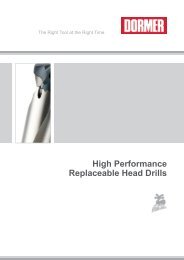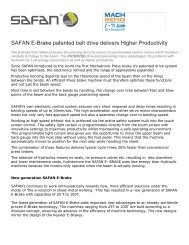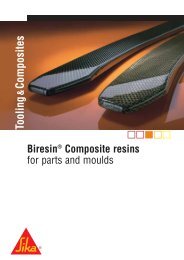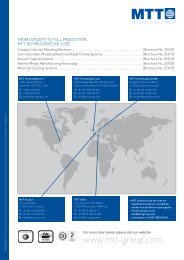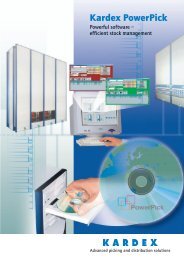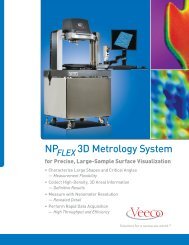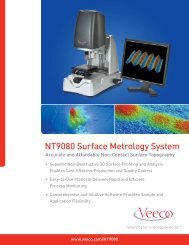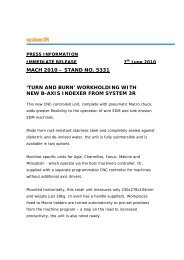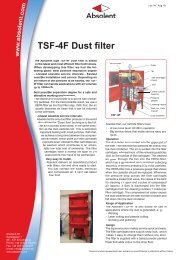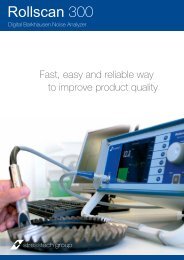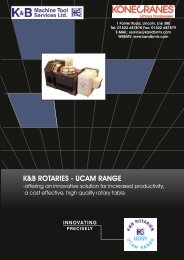DMLS Materials - Technical Specifications
DMLS Materials - Technical Specifications
DMLS Materials - Technical Specifications
Create successful ePaper yourself
Turn your PDF publications into a flip-book with our unique Google optimized e-Paper software.
T O O L I N G A P P L I C A T I O N S<br />
Tooling applications<br />
The <strong>DMLS</strong> technology was originally<br />
developed to create complex cores and cavities<br />
for the prototype tooling industry. The initial<br />
machine (EOS M250) and materials (bronze DM20)<br />
were quite enhancing compared with other rapid<br />
prototyping technologies at the time and were the<br />
right answer for the quick production of a small series<br />
of parts. However, the ability to produce production<br />
tooling inserts has never been demonstrated with<br />
the initial machine.<br />
With the introduction of a new machine (EOS M270)<br />
with a new type of laser and new types of materials, it<br />
is now possible to envisage the use of this technology<br />
for the manufacturing of smarter production inserts<br />
for plastic, ceramic, metal injection moulding and<br />
die casting. Not only can high strength and hardness<br />
tool steel be used, but extra features such as<br />
conformal cooling, which will enable a more uniform<br />
distribution of temperature inside the inserts, can be<br />
added in the design of the tool at no extra cost.<br />
Prototype tooling<br />
www.3trpd.co.uk/dmls<br />
Shorter leadtimes, increased productivity and better<br />
part quality can now be reached with the <strong>DMLS</strong><br />
inserts.<br />
Die cast tool<br />
The design of <strong>DMLS</strong> tools is very different from<br />
the design of the same tool using conventional<br />
machining method and 3T will give you the best<br />
advice on how to design the right <strong>DMLS</strong> inserts.<br />
Plastic injection moulding pin<br />
with conformal cooling



